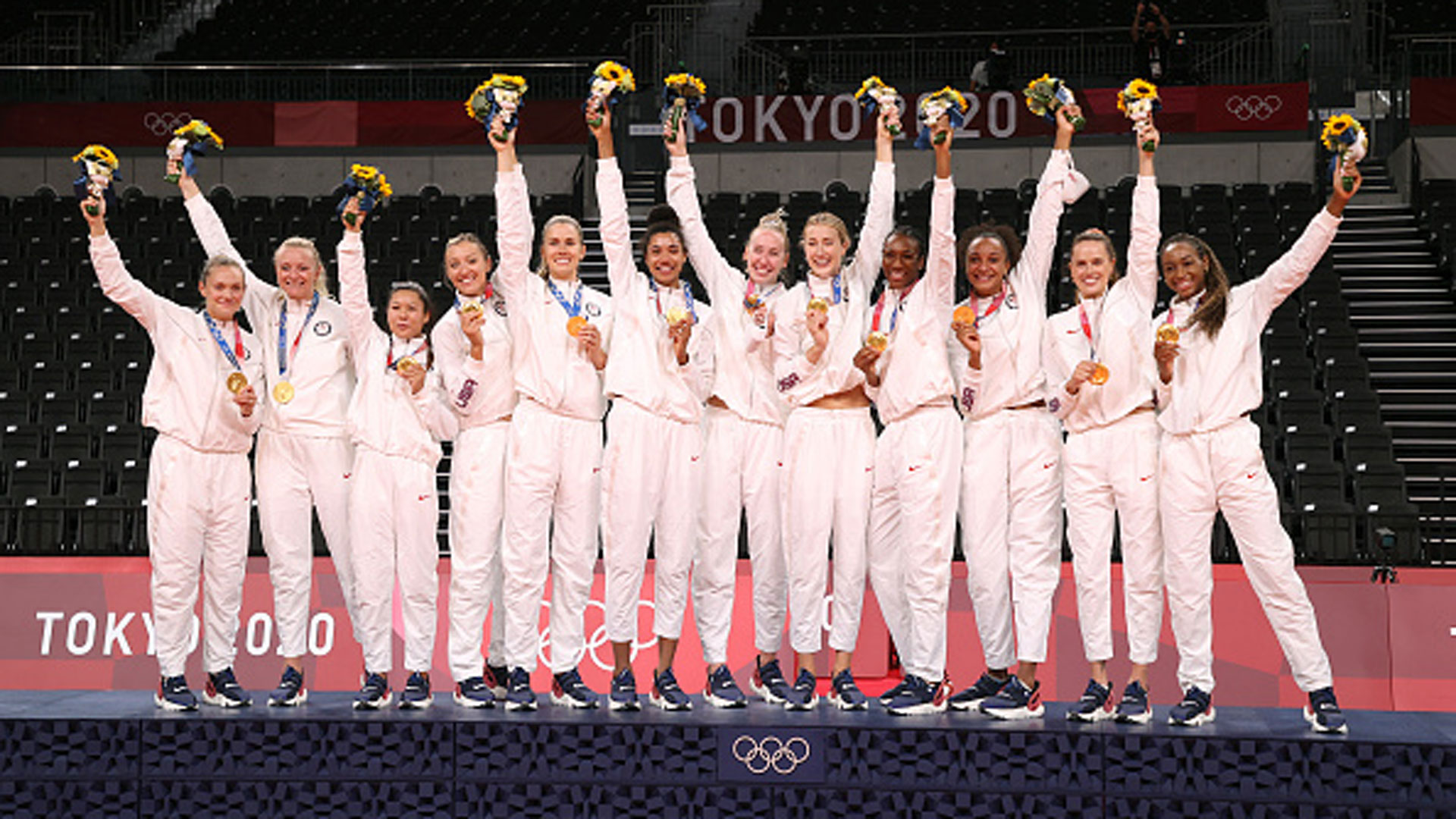The United States has never won an Olympic medal in badminton, but it has a chance to change its fortunes in Tokyo.
There are four American athletes competing in the sport in Tokyo: Beiwen Zhang, Timothy Lam, Phillip Chew and Ryan Chew. Zhang is the 11th-ranked player in the women’s singles tournament and has a legitimate chance to make a dark-horse run at a medal, while Lam is the 41st-ranked player on the men’s side in his Olympics debut.
From rules to schedules to rankings, here is the key information for fans who want to know all the ins and outs of badminton heading into the Tokyo Olympics.
What are the rules for badminton?
Matches are best of three games and each game is played to 21 points.
Badminton uses a “rally points scoring system,” meaning whichever side wins a rally, regardless of who serves, gets a point and serves the next rally. If a game is tied at 20, the side that gains a two-point advantage over the other side wins. If the score reaches a tie at 29, the winner of the next point wins the game. The current format was first used in the Olympics in 2008. Up until 2004, games were played to 15 points (women’s singles was played to 11) and sides could only score points on their serve.
Get Tri-state area news delivered to your inbox. Sign up for NBC New York's News Headlines newsletter.
Players serve from and receive in their respective right-hand service courts when the server’s score is zero or an even number. The serve is from the left-hand service court to the left-hand return court when the server has an odd number of points.
Tokyo Olympics
Watch all the action from the Tokyo Olympics live on NBC
Rallies last about 10 hits, although some rallies could surpass 40 hits.
How big are badminton birdies, rackets and courts?
Birdies -- or “shuttlecocks” -- have 16 feathers attached to the base, are between 2.44 and 2.76 inches long and weigh from 0.17 to 0.19 ounces. The rounded rubber cork is between .98 and 1.1 inches in diameter.
Olympic players can smash the birdie from speeds of 150 mph to more than 200 mph, making it the fastest racket sport in the world.
Badminton rackets cannot exceed 26.75 inches in length and nine inches in width.
The court is the same length for singles and doubles at 44 feet. The width varies, though, with singles played at 17 feet and doubles played at 20 feet. The net is five feet tall at the center and an inch taller at each post.
When will the Olympic badminton tournaments take place?
Preliminary play for men’s singles, women’s singles, men’s doubles, women’s doubles and mixed doubles begin on Friday, July 23, at 8 p.m. ET and continue for the next five days. From there, round of 16, quarterfinal, semifinal and medal play will commence. All Olympic badminton will be played at the Musashino Forest Sport Plaza in Chōfu, Tokyo.
Here are the dates and session times for each event’s bronze and gold medal matches:
Men’s singles: Monday, Aug. 2, 7 a.m.-10 a.m. ET (Stream)
Women’s singles: Sunday, Aug. 1, 7:30 a.m.-10 a.m. ET (Stream)
Men’s doubles: Saturday, July 31, 5 a.m.-10 a.m. ET (Stream)
Women’s doubles: Monday, Aug. 2, 12 a.m.-2:30 a.m. ET (Stream)
Mixed doubles: Friday, July 30, 2:30 a.m.-8:30 a.m. ET (Stream)
Who are the favorites to win the Olympic badminton tournaments?
Asia is the clear top continent for badminton. China’s 41 Olympic medals medals are impressive considering the next closest countries are South Korea (19) and Indonesia (19).
Japan’s Momota Kento is the favorite in men’s singles. The 26-year-old won the 2018 and 2019 BWF World Championship gold medals. His top competitors will include Chinese Taipei’s Chou Tien Chen, China’s Shi Yu Qi, Indonesia’s Anthony Sinisuka Ginting and two Danish players, Viktor Axelsen and Anders Antonsen.
The women’s singles tournament has an even group of contenders after Spain’s Carolina Marin, who won the gold medal in Rio, tore her ACL in early June. India’s P. V. Sindhu, who won silver in Rio, highlights a group that includes China’s Chen Yu Fei, Chinese Taipei’s Tai Tzu Ying, Japan’s Yamaguchi Akane and more.
The doubles tournaments have seen several veteran pairings retire since Rio, so there is plenty of opportunity for new competitors. Zheng Siwei and Huang Yaqiong of China are playing well heading into Tokyo after winning back-to-back mixed doubles world titles.
In women’s doubles, all eyes will be on a pair of Japanese duos. Matsumoto Mayu and Nagahara Wakana lead the pack after winning the 2019 BWF World Championships while Fukushima Yuki and Hirota Sayaka will be hoping to finally come out on top after losing three straight world championship finals. In men’s doubles, Indonesia and Japan will be among the top contenders after China won gold in 2016.




